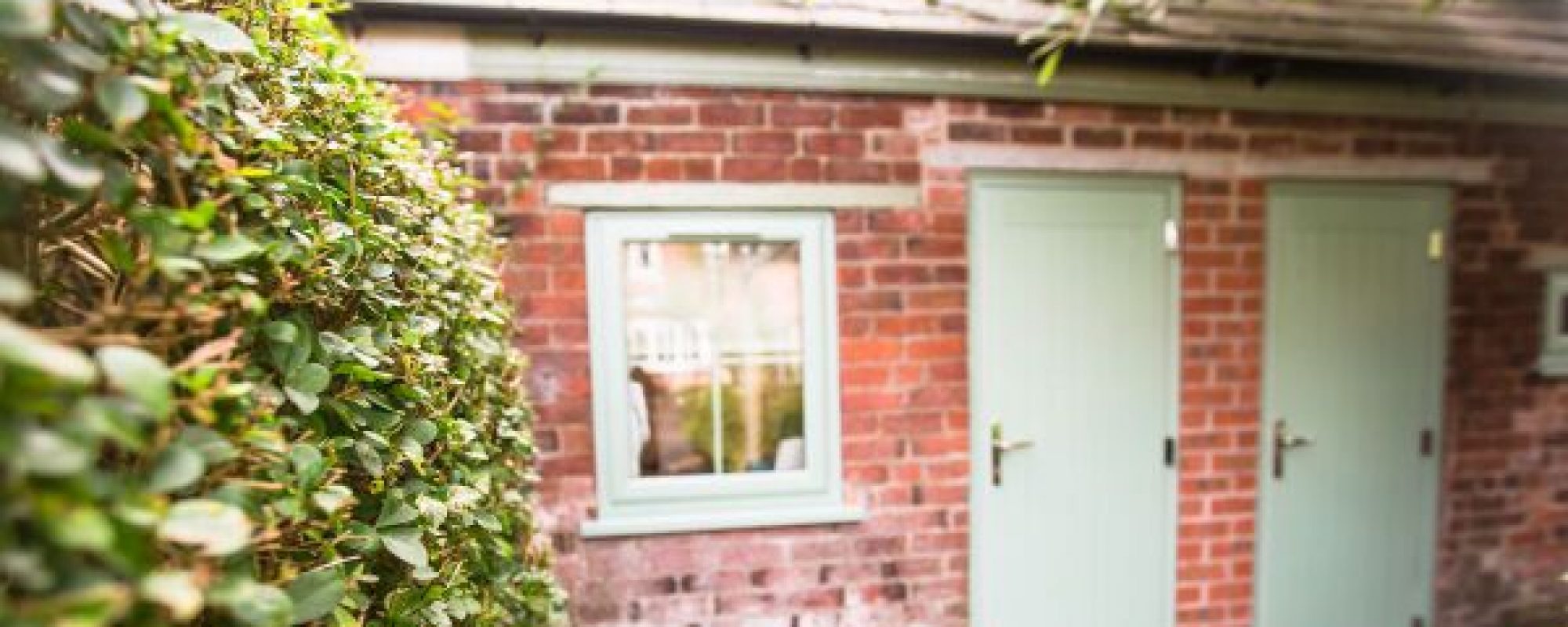Lipoedema is a chronic disorder of the connective tissue and fat tissue, mainly affecting women. It is thought to be a genetic and inherited disease, but can skip a generation.
The onset of Lipoedema is not well understood, however it is usually via a hormonal trigger, either at puberty, after pregnancy or menopause. Once triggered, there is an abnormal laying down of adipose tissue. This usually happens around the hips, legs, buttocks, knees (although sometimes it can be found in the arms). Hands and feet are usually unaffected. The fat deposited is usually evenly balanced between each side of the body, and creates a dimpled “orange peel” appearance.
During stressful times, a “growth spurt” can happen and another laying down of additional adipose tissue happens.
Lipoedema can create difficulties in walking and general movement, finding clothes to fit comfortably, and mental/emotional trauma. The areas affected can be painful and throb; feeling heavy and touch-sensitive. Bruising can happen easily, and the condition of the skin can deteriorate if not looked after properly.
The adnormal amounts of adipose tissue can start to block the lymphatic system, creating additional swelling of lymph fluid. This condition is sometimes referred to lipo-lymphoedema.

The community of Reflexology Lymph Drainage practitioners has seen much success in managing this condition with the techniques of reflexology. Patients report that their legs feel “empty” after a treatment which lasts a few days. Patients have also experienced the fat tissue starting to soften, creating a normal “wobble” instead of a solid, thickened, unmoveable texture. Pitting indendation starts to reduce considerably in some patients.
As a reflexologist I have lots of techniques in my toolbox; endocrine work is also be applied to the reflexes to address and manage the hormonal aspect of this condition (where appropriate).
If you are interested in trying Reflexology Lymph Drainage to help with Lipoedema or Lymphoedema please get in touch via phone/text.

